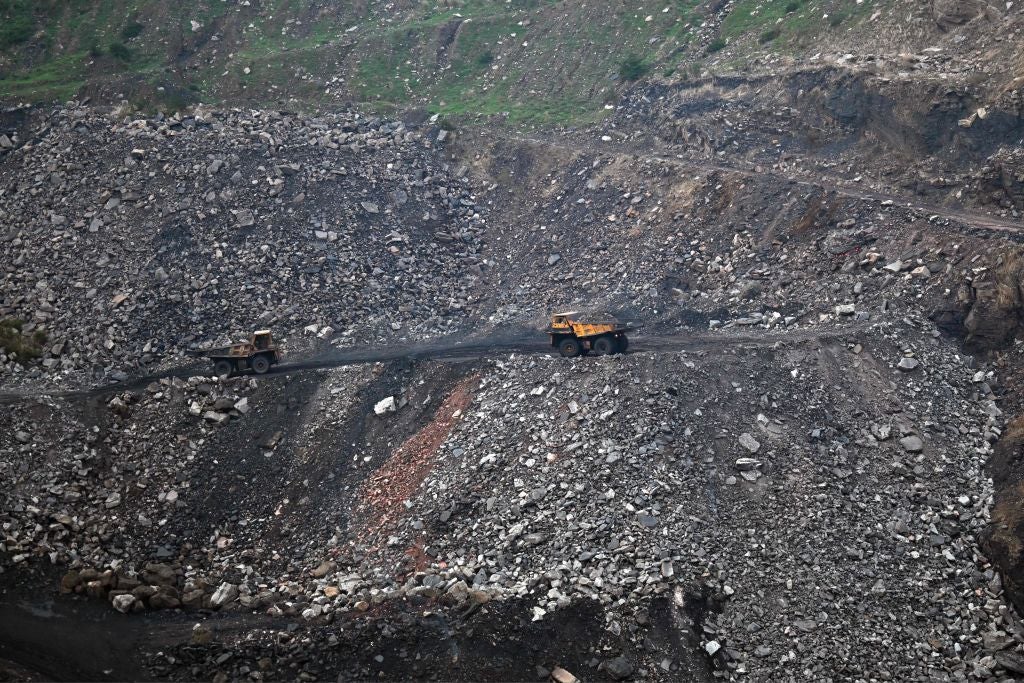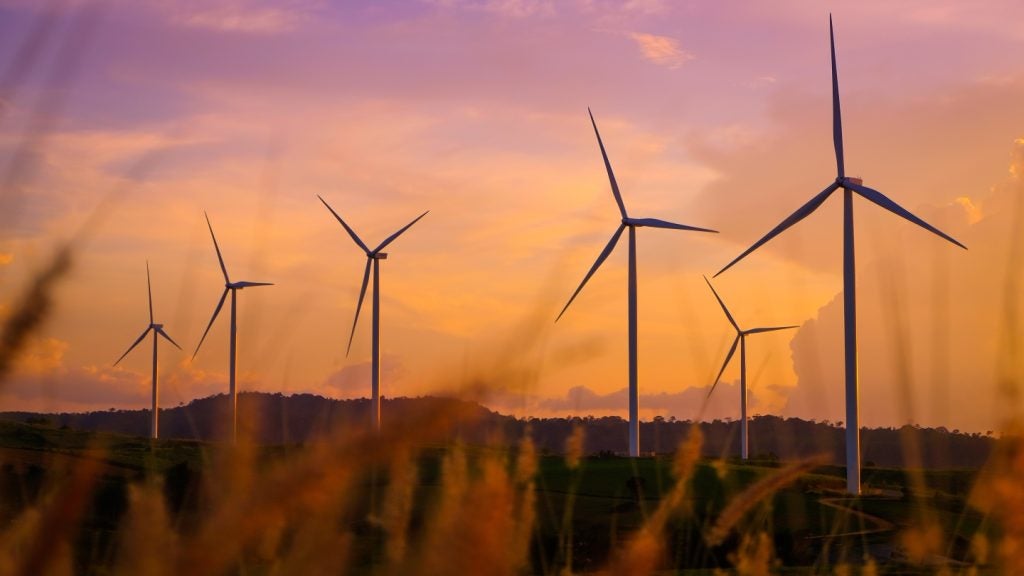
India has increased the amount of coal-fired power in its electricity mix as it grapples with continued high demand driven by unusually dry weather during its monsoon season.
According to analysis of data from the country’s federal grid operator, Grid India, power generation for last month surged to a record 162.7 billion kilowatt-hours as India faced the driest August in more than 100 years.
Coal’s share in the electricity mix rose to 66.7%, the highest proportion for the month in six years, as dry weather led to a decline in electrical output from hydropower. India’s wet monsoon season usually runs from June to September, but lower rainfall in August resulted in overall hydropower output dropping to 14.8%, compared with 18.8% for the same period last year, according to Reuters.
Grid India data showed that peak demand rose to a record 243.9GW on 31 August, exceeding available power capacity by 7.3GW.
India’s relationship with coal has been complicated this year as the government’s attitude toward the fossil fuels’ future in the country remains unclear. In January, the Energy Ministry asked power companies to refrain from retiring coal-fired plants until at least 2030 to meet growing demand for electricity. In the announcement, the ministry did not mention a specific time frame for the closure of any of its 179 operational coal plants.
In April the country’s state-owned power company, NTPC, announced plans to expand coal operations to meet rising energy demand, sanctioning the construction of 4.5GW worth of coal plants across three locations.
How well do you really know your competitors?
Access the most comprehensive Company Profiles on the market, powered by GlobalData. Save hours of research. Gain competitive edge.

Thank you!
Your download email will arrive shortly
Not ready to buy yet? Download a free sample
We are confident about the unique quality of our Company Profiles. However, we want you to make the most beneficial decision for your business, so we offer a free sample that you can download by submitting the below form
By GlobalDataThen, in June, the government announced a five-year pause on all new coal-fired power plant proposals as it moves to increase its renewable capacity. In an update to its National Electricity Plan, the Ministry of Power said at the time that it will not consider any new proposals for coal plants until the end of the decade, estimating that non-fossil-based capacity is likely to rise to 57.4% of the country’s electricity mix by 2027.
India’s coal production has also risen despite calls to move away from the most polluting fossil fuel. In March, the country’s Minister for Coal Pralhad Joshi said that India will have enough coal reserves to begin exporting the fuel by 2026, a move that would shift the country from being a net importer of coal to a net exporter.
The ministry said at the time that “coal will continue to occupy centre-stage of India’s energy scenario”, potentially for the “next century and beyond”. According to the International Renewable Energy Agency, renewables must account for 91% of global energy supply by 2050, and fossil fuels must account for just 5%, if the 1.5°C climate target set out in the Paris Agreement is to be maintained.




